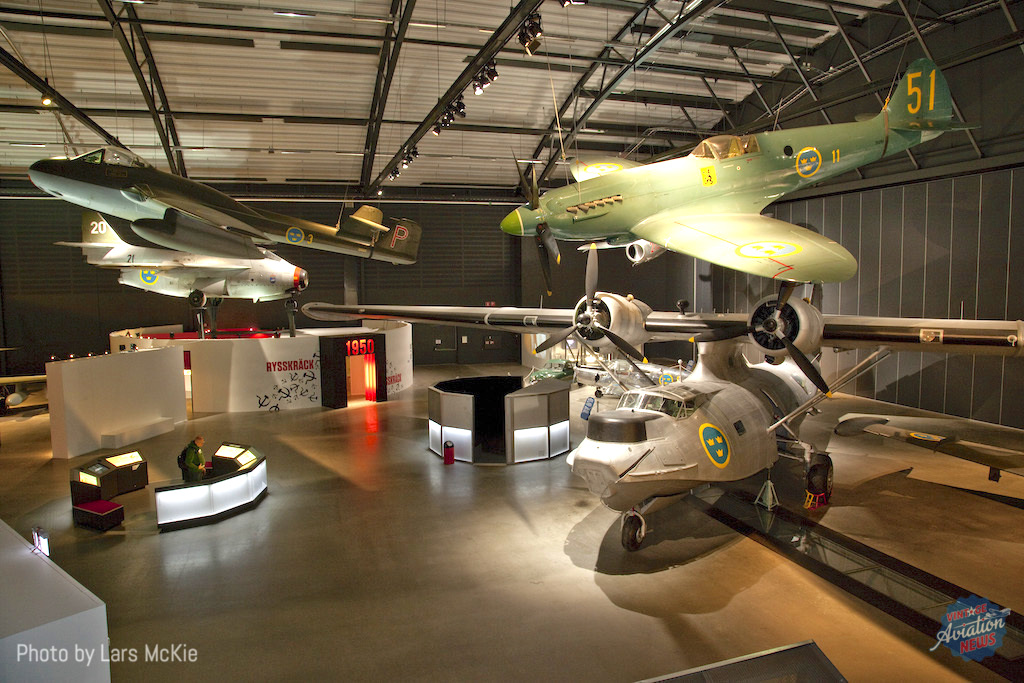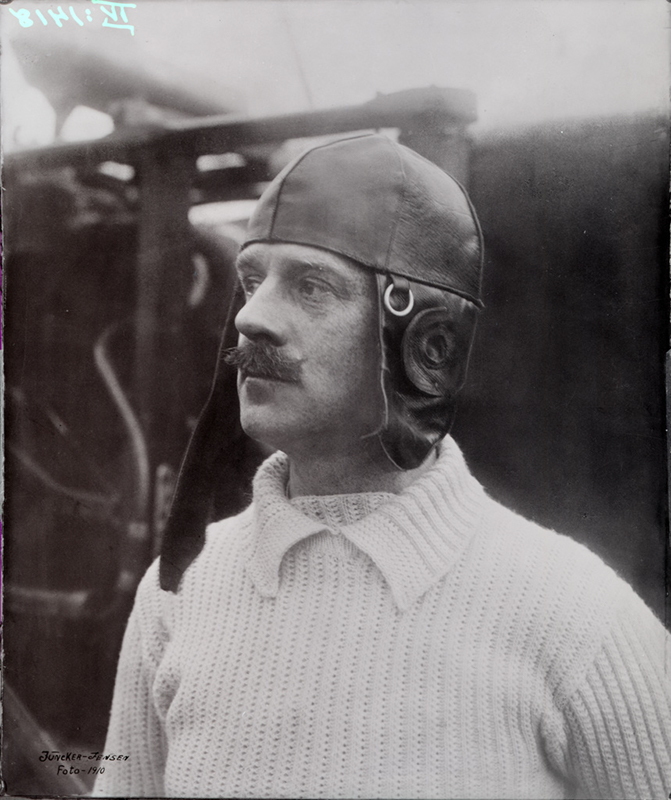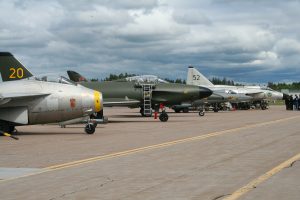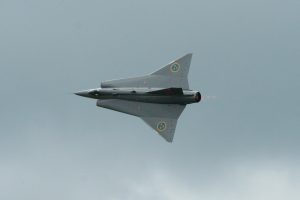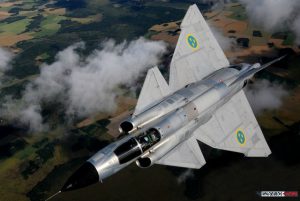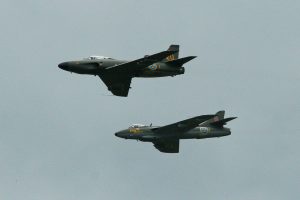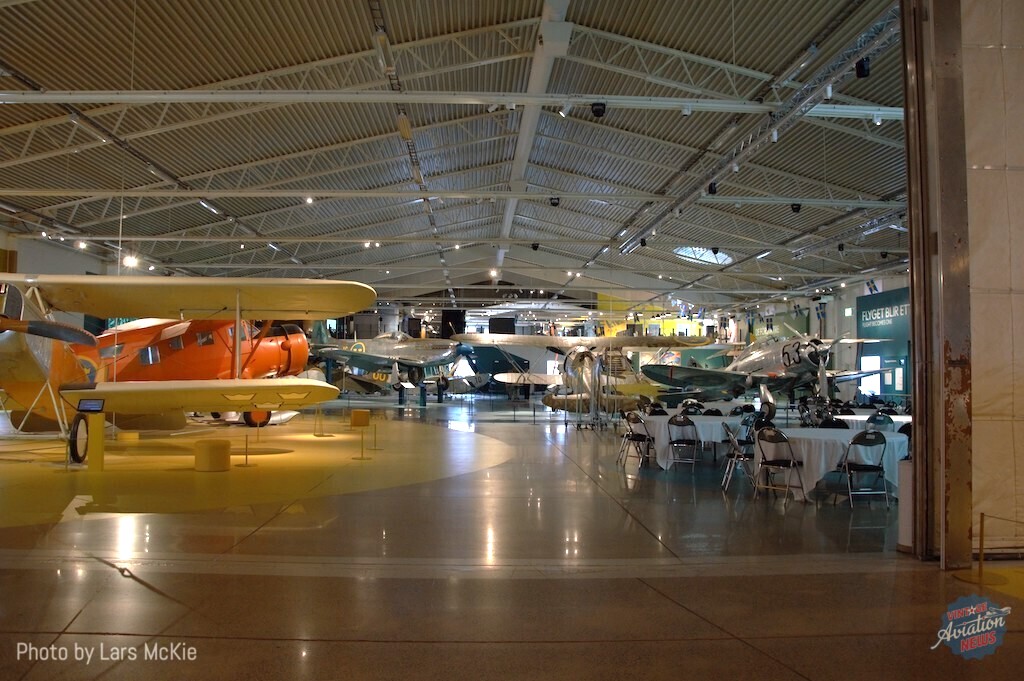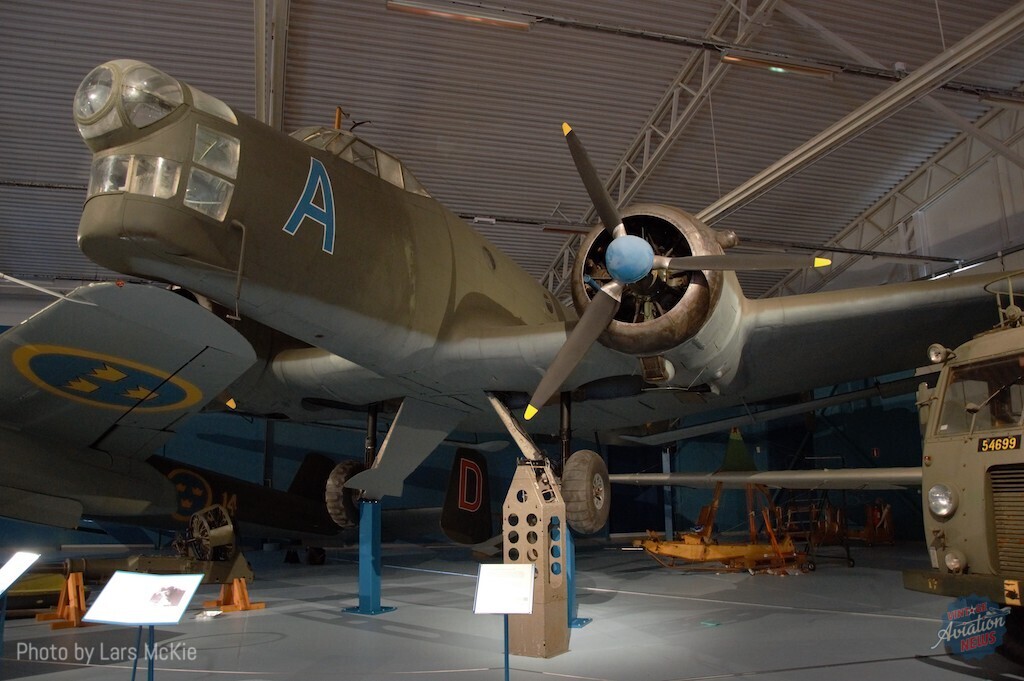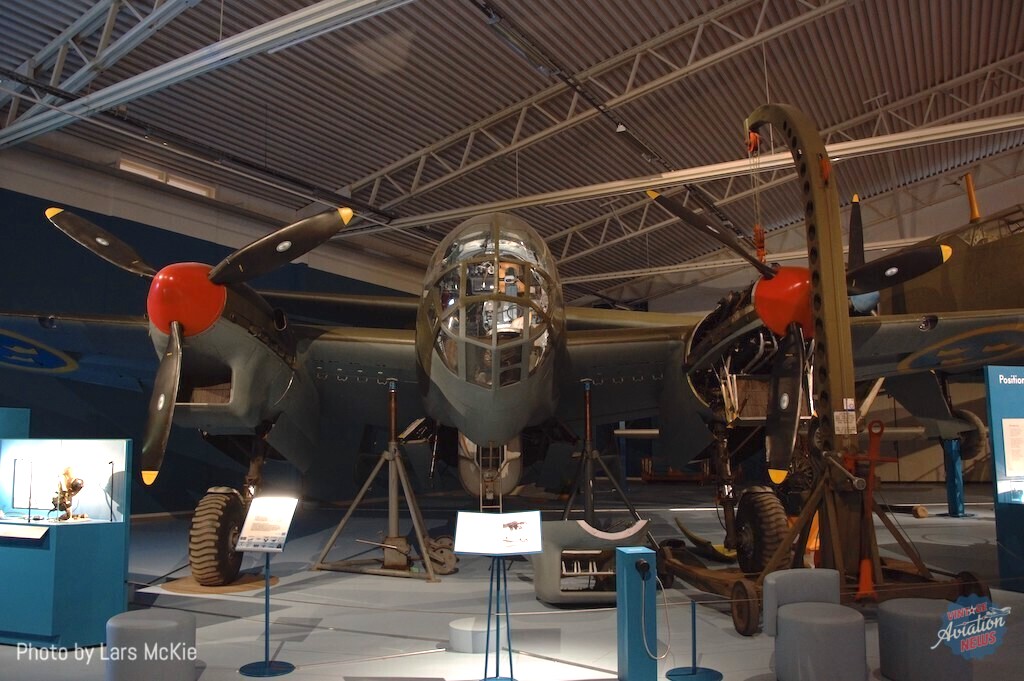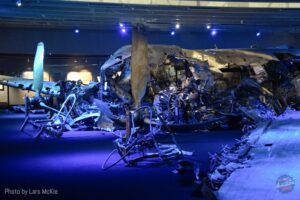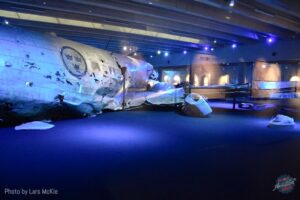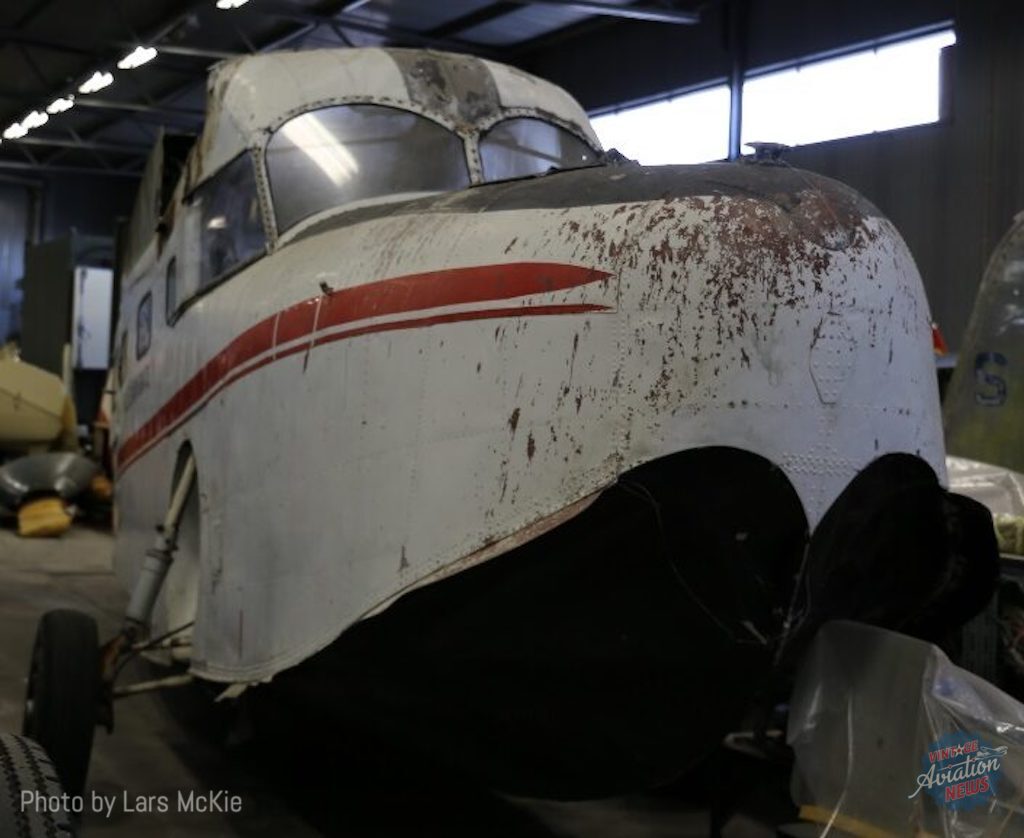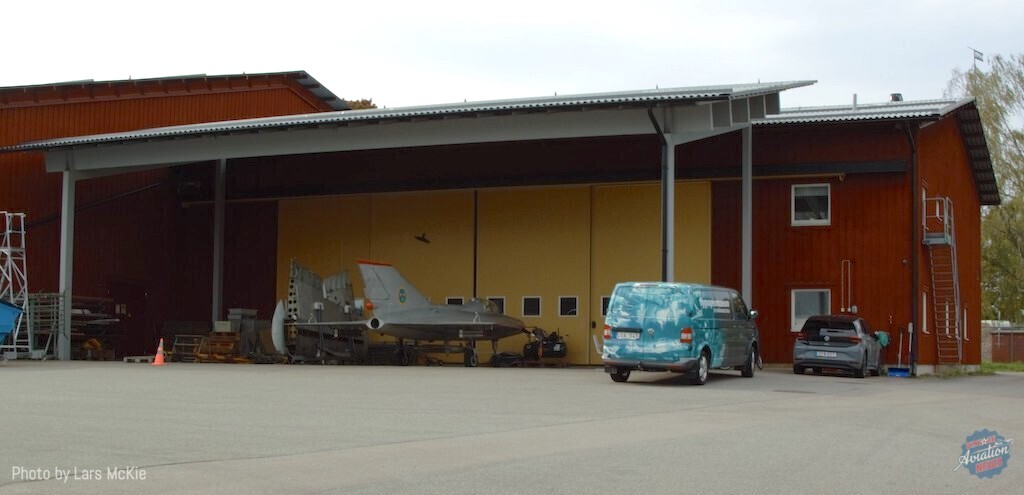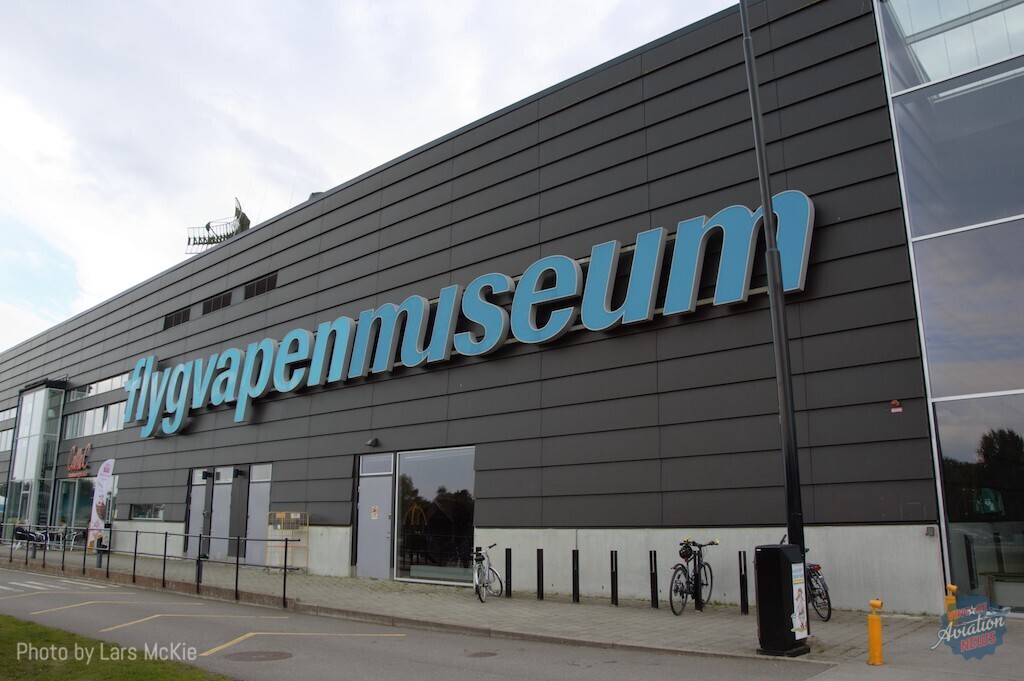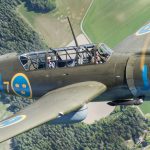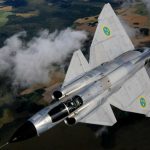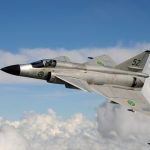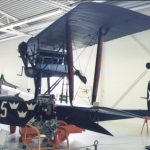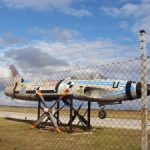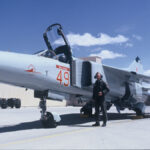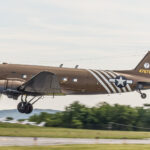By Lars McKie
On the outskirts of Linköping is the Malmen Airbase, today the main base for the Swedish Armed Forces helicopter units and home to the Royal Swedish Air School. Linköping is located on the Östergötland plain, in the south-east of Sweden, and the city, known mostly for its university and high-tech industry, also rightly claims the title of ‘the cradle of Swedish aviation’.
The location was originally suggested by aviation pioneer Carl Cederström who, in 1910, gained his wings at the Blériot flying school, becoming the 74th pilot to qualify and the 1st for Sweden. The area was well suited for aviation activities and by 1913, the newly formed Arméflyget (Army Air Corps) was established in this location, which has housed numerous military units since that time. When Army and Navy units merged, forming the Swedish Air Force in 1926, the airfield became home to Östgöta Flygflottilj F3 as well as other divisions and squadrons.
The city of Linköping is also home to the Saab company, which since the 1930’s has been building aircraft. Initially building airplanes on license, but with what would turn into WWII looming the Swedish government tasked Saab with establishing domestic development and production of military aircraft. This policy is still continued to this day, and has through the decades following WWII produced some of the most iconic fighter aircraft ever developed. It is here that airplanes such as the J29-Barrel, A32-Lansen, 35-Dragon, 37-Viggen, and today’s flagship the modern fighter 39-Gripen are built.
With these deep roots in Swedish aviation heritage, it was only natural that the Flygvapenmuseum (Swedish Air Force Museum) was established here. The core of the museum we see today was opened to the public in 1984, and has expanded several times since.
Preamble to a museum
The artifacts (aircraft, engines, instruments, and uniforms) started with a collection saved from scrapping by Col. Gösta von Porat, the commanding officer of Östgöta Wing F3 between 1934 and 1941. However, this ‘Malmen-collection’ was inside the air base, inaccessible to the public, until moved to (what were meant to be temporary facilities) outside the base in 1967. These ‘temporary’ facilities remained in use for decades while plans for a new museum on Malmen Air Base were developed.
At last, on 8 March 1984, the first of the brand-new purpose-built exhibition halls was inaugurated by Swedish king Carl XIV Gustaf. Five years later a second hall was opened, enabling 60 aircraft to be placed on exhibition.
The museum today exhibits an extensive overview of Swedish aviation history from 1910 to the modern airframes of today. Over three levels, and two large hangar-sized exhibition halls, the displays also cover both world wars and the roles Sweden played in them. The museum’s next display is devoted to providing an insight in what Sweden was like, and what role the nation played, during the Cold War era as a neutral country wedged between NATO and the Warsaw Pact nations.
Warbirds on display
The museum owns over 300 individual aircraft and helicopters, though only about 50 are on display within their own exhibitions. The rest are in storage or on loan to other museums – not only in Sweden but to museums all over the world.
Because the Swedish Air Force flew numerous types of aircraft, the collection covers a very wide range of airplanes. Among many notable aircraft on display, here are a few highlights:
The only complete Junkers Ju 86K left in the world. Concerned by the developments in the late 1930s, and at the outlook of war, Sweden purchased several aircraft from Germany. Designated B3 in Swedish service, it was used as a medium bomber. This particular aircraft was delivered to Sweden in 1938. This was the first all-metal aircraft used by the Swedish Air Force, and as a testament to its sturdy design, it remained in service, transitioning to a transport role in the 1950s, until 1958 when it made its final flight.
Another unique aircraft is the Saab B18. This indigenous Swedish twin-engine aircraft made its maiden flight in 1942, and was the second type that Saab designed. There were only 244 produced, and the type was taken out of service in the late 1950’s. Unfortunately, not a single airframe was saved and preserved. The B18 on display in the museum was salvaged from the bottom of Härnösand harbor where it sank after a forced landing in 1946. The aircraft is today in a state of continuous restoration while on public displayed in one of the museum halls.
The exhibition also includes more well-known types, all flown by the Swedish Air Force, such as a J26 (P-51D Mustang), a S31 (Supermarine Spitfire Mark XIX), Saab B17A, a TP47 (Catalina PBY-5), J9 (Seversky Republic EP-1 Model 106) … the list is long, and this is before mentioning a single jet aircraft.
The Catalina affair – a Cold War crisis
In 2009 the museum opened an exhibition covering a remarkable piece of Cold War history. The “Catalina Affair” was a military confrontation in 1952 where Soviet Air Force fighters shot down two Swedish aircraft over international waters in the Baltic Sea, triggering a major diplomatic crisis.
The first aircraft to be shot down was an unarmed Swedish Air Force Tp79 (# 79001), a derivative of the Douglas DC-3. The aircraft was built in 1943 as 42-5694, and had been sold to Sweden in 1946 post-war after having been stationed in Africa. On this fateful day the aircraft with its eight-man crew was on a signal’s intelligence-gathering (SIGINT) mission.
During the subsequent search and rescue, a Soviet fighter engaged and shot down a second aircraft, a PBY-5 Catalina with a crew of seven. Luckily, they managed to ditch the aircraft with no fatalities.
The Tp79 / DC-3 aircraft remained lost until it was rediscovered in 2003. After 52 years, the remains of the DC-3 were salvaged and lifted to the surface then transferred to a Naval base for forensic investigations and preservation. The remains of four of the eight-man crew were found and positively identified from inside the wreckage.
The wreck of that specific aircraft and several artifacts are today on public display in the museum. Bullet holes in the fuselage are evidence of the attack it received.
Restorations
The museum workshop undertakes maintenance and restorations. Currently, the workshop is in the process of restoring a TP81, a Grumman G-21A Goose. The Swedish Air Force acquired one aircraft in 1951 to serve in the north of Sweden stationed at F21 Luleå. The one aircraft served valiantly as an ambulance aircraft until 1962 when it had an incident on takeoff, resulting in the total loss of the aircraft.
The Goose under restoration in the museum’s workshop is not an original Swedish example, but one acquired from the Caribbean in a trade deal which arrived at the museum in 1986. Then placed into storage, it was not until 2016 that the aircraft was brought out for restoration.
Archives, library, and restorations
Within the museum, there is also a large archive holding thousands of documents dating back to the early 1900s. Drawings, pilot logbooks, newspaper clippings, correspondence, photographs, and even private documents from aviation pioneers have been donated to the museum. The museum employs a wide range of skilled personnel all with the common goal to preserve and maintain the collection. Just to the side of the main museum buildings is the workshop where technical maintenance and restorations take place, which we hope to cover in more depth in later updates on the museum activities.







